A pedestrian bridge by Next Architects is also a bat haven for South Holland

Poelzone, a ribbon of land in the Dutch province of South Holland, has been undergoing a sensitive transformation by Lola landscape architects to form an ecological and recreational connection through the country's greenhouse-filled region of Westland.
Marking its entrance, Amsterdam-based Next Architects have just unveiled Vlotwatering Bridge or ‘batbridge,’ by its popular moniker, a serpentine pedestrian structure spanning the waterway and providing year-round accommodation for several species of bats. 'A textbook example of how a functional object can at the same time serve nature,' says bat-expert Marcel Schillemans from the Mammal Society.
The faint-hearted can rest assured that the arched concrete structure may discreetly integrate three types of habitat for the nocturnal winged creatures, but all are away from pedestrian footfall. The northern abutment is designed as a thick-walled concrete tank for winter residency, with thermal mass regulating the temperature. Accessed by a horizontal opening, the modest entrance is emphasised by a break in the timber with a contrasting concrete sill.
The deep recessed grooves of the bridge’s soffit form a summer shelter, with a rough textured finish for grip. Additional summer roosting is accommodated in the cleverly adapted cavity of the curved brickwork balustrade, the entrances marked by a series of tinted bricks with open joints either side.
Not to be forgotten, pedestrians are rewarded with a rhythmically spaced timber balustrade, providing playful views of the river and the Poelzone.
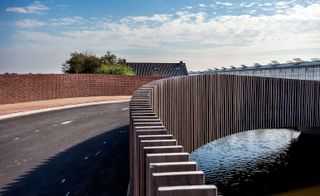
The curved balustrades emphasise the design's dual function; the rhythmic spacing of the timber slats opens up views of the river on the eastern side, whilst opposite, the cavity of the brickwork balustrade is cleverly adapted to accommodate summer roosting
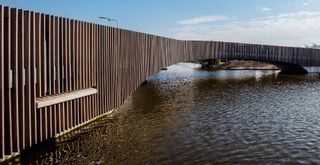
The horizontal slot on the northern abutment marks the entrance to the hollow chamber for the bats' winter residency. Internally, the thermal mass of the concrete regulates the temperature and masonry walls compartmentalise the space, forming the ideal habitat
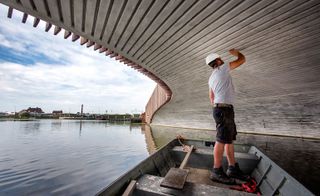
The deep recessed grooves to the soffit are designed for summer nesting, while a rough textured finish ensures a firm grip. Paying meticulous attention to detail, the architects aligned the ribbed pattern with the timber slatted balustrade, camouflaging its function and forming a striking linear pattern
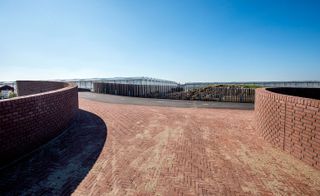
The transparency of the timber balustrade contrasts the heavy brickwork, drawing people to the eastern edge to appreciate the views of the river and the Poelzone
INFORMATION
Photography: Raymond Rutting
Wallpaper* Newsletter
Receive our daily digest of inspiration, escapism and design stories from around the world direct to your inbox
-
 Bang & Olufsen’s Recreated Classics series continues with a CD player revival
Bang & Olufsen’s Recreated Classics series continues with a CD player revivalBang & Olufsen’s Beosystem 9000c music system brings the original digital compact disc format back to life and pairs it with the latest in speaker design
By Jonathan Bell Published
-
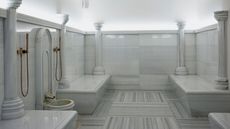 A new book highlights the work of Turkish interior designer Zeynep Fadıllıoğlu
A new book highlights the work of Turkish interior designer Zeynep Fadıllıoğlu‘Zeynep Fadıllıoğlu: Luxury Redefined’, published by Rizzoli, traces the career of leading Istanbul-based designer Zeynep Fadillioglu, the first woman to design a mosque in Turkey
By Léa Teuscher Published
-
 London gallery Incubator’s six emerging artists to see in spring 2024
London gallery Incubator’s six emerging artists to see in spring 2024Incubator's spring programme features six artists in consecutive two-week solo shows at the London, Chiltern Street gallery
By Mary Cleary Published
-
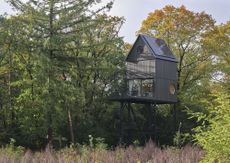 A nest house in the Netherlands immerses residents in nature
A nest house in the Netherlands immerses residents in natureBuitenverblijf Nest house by i29 offers a bird-inspired forest folly for romantic woodland escapes in the Netherlands
By Ellie Stathaki Published
-
 The House Under the Ground is a Dutch home surrounded in wildflowers and green meadow
The House Under the Ground is a Dutch home surrounded in wildflowers and green meadowThe House Under the Ground by WillemsenU is a unique Dutch house blending in its green field
By Harriet Thorpe Published
-
 Open Park Villa is a minimalist Dutch home embracing its parkland setting
Open Park Villa is a minimalist Dutch home embracing its parkland settingOpen Park Villa by i29 architects offers a green residential oasis in a formerly military-owned plot turned parkland
By Ellie Stathaki Published
-
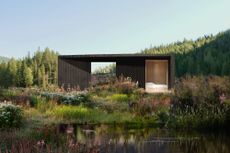 Câpsula, a series of tiny homes, champions 'living large with less'
Câpsula, a series of tiny homes, champions 'living large with less'Câpsula, initiated by architecture studio i29, brings together tiny homes, wellness and a design-led approach at Dutch Design Week 2023
By Ellie Stathaki Published
-
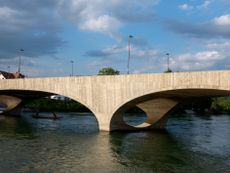 Contemporary bridge design connecting worlds
Contemporary bridge design connecting worldsThe world’s most extraordinary bridge design, showcasing the finest blend of architecture and engineering, from Italy to the US and the UK. Cross these bridges when you come to them!
By Ellie Stathaki Published
-
 Kunlé Adeyemi’s water cities and visions of future living at Het Nieuwe Instituut
Kunlé Adeyemi’s water cities and visions of future living at Het Nieuwe Instituut‘Water Cities Rotterdam. By Kunlé Adeyemi’ opens at Het Nieuwe Instituut in The Netherlands, offering visions of future living
By Ellie Stathaki Published
-
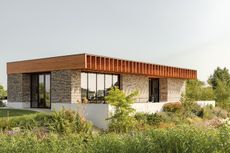 Rotterdam house is a sustainable home with a defining timber roof
Rotterdam house is a sustainable home with a defining timber roofTerphouse is a green Rotterdam house by Studio AAAN, featuring a distinctive low-slung, timber roof
By Ellie Stathaki Published
-
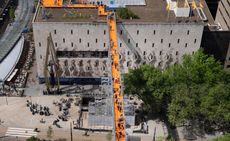 View from the top: Rotterdam Rooftop Walk rises 30m above the city
View from the top: Rotterdam Rooftop Walk rises 30m above the cityThe temporary installation, a collaboration with architects MVRDV, offers visitors a new perspective of Rotterdam
By Hannah Silver Last updated